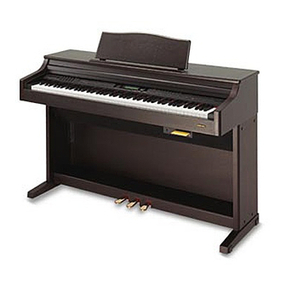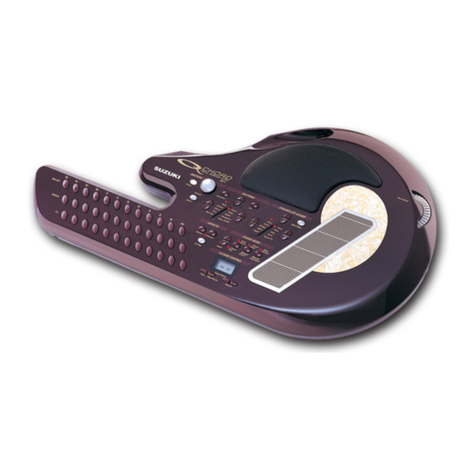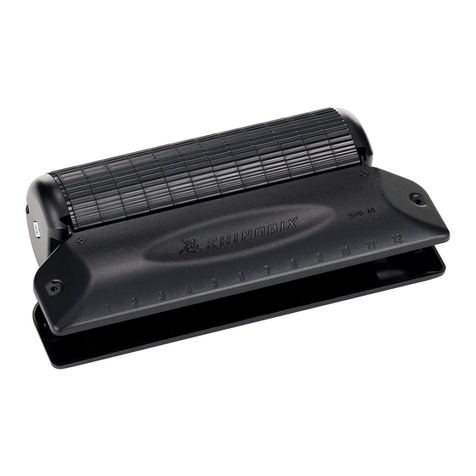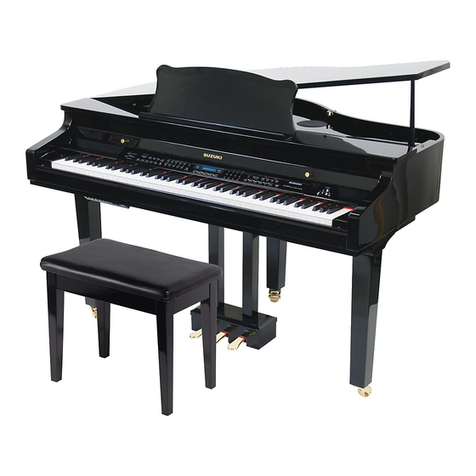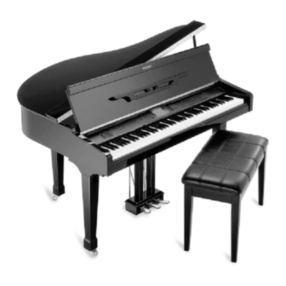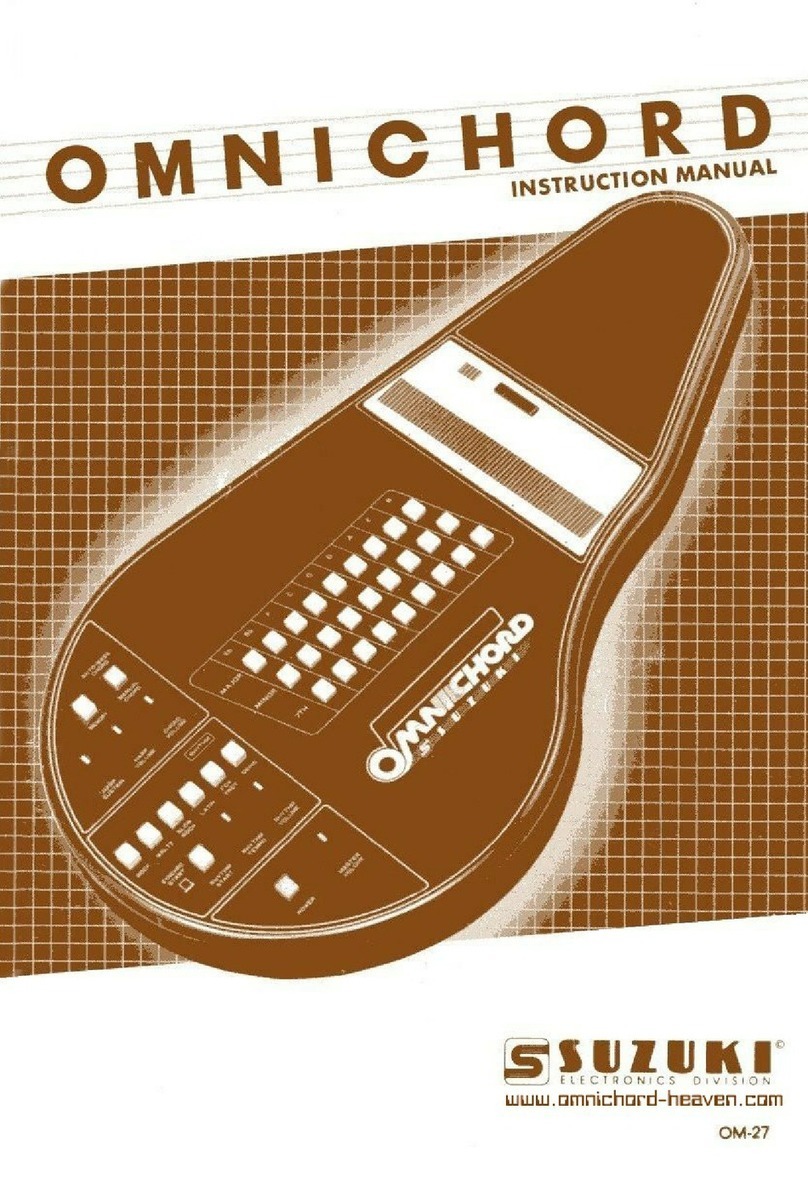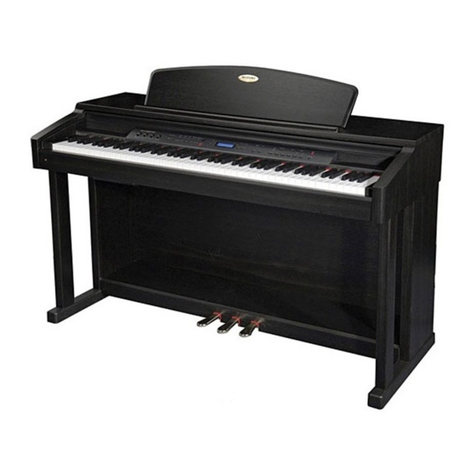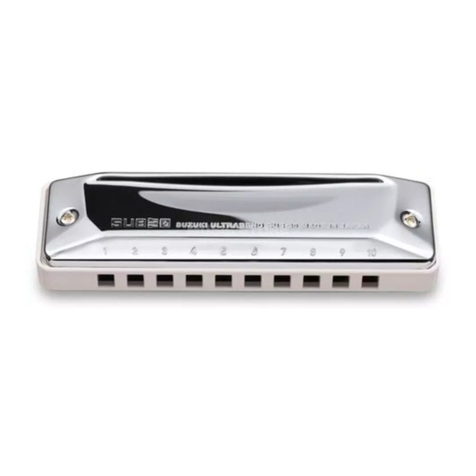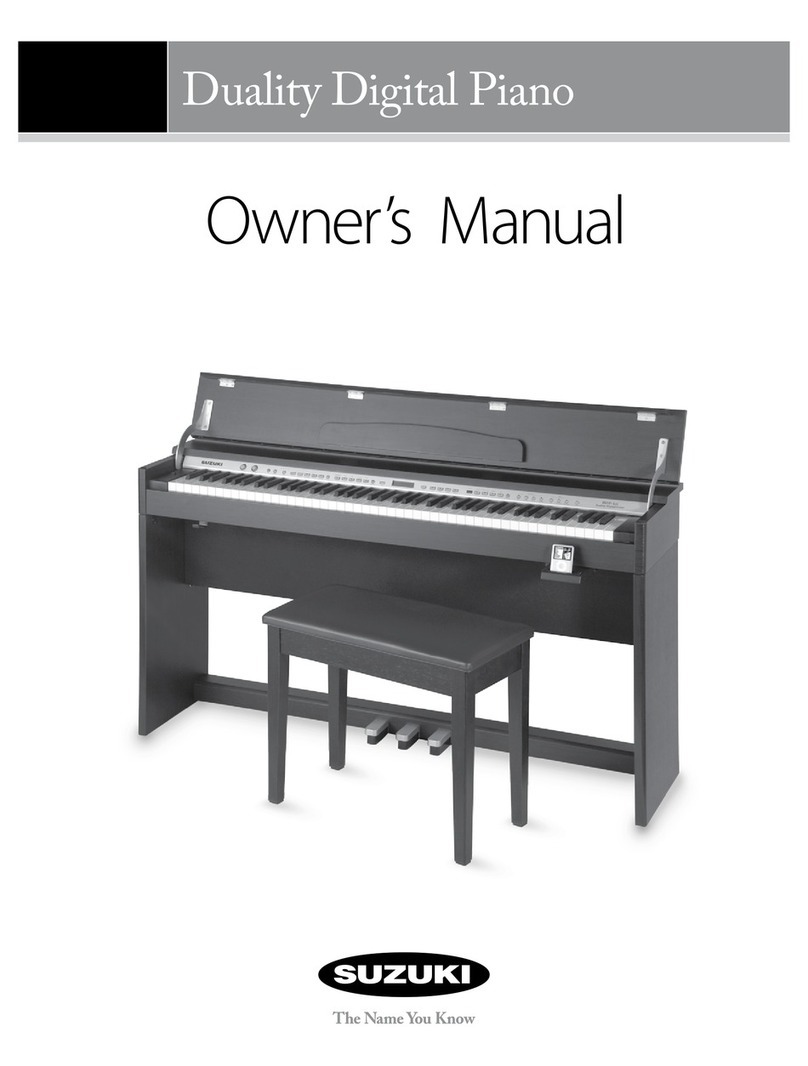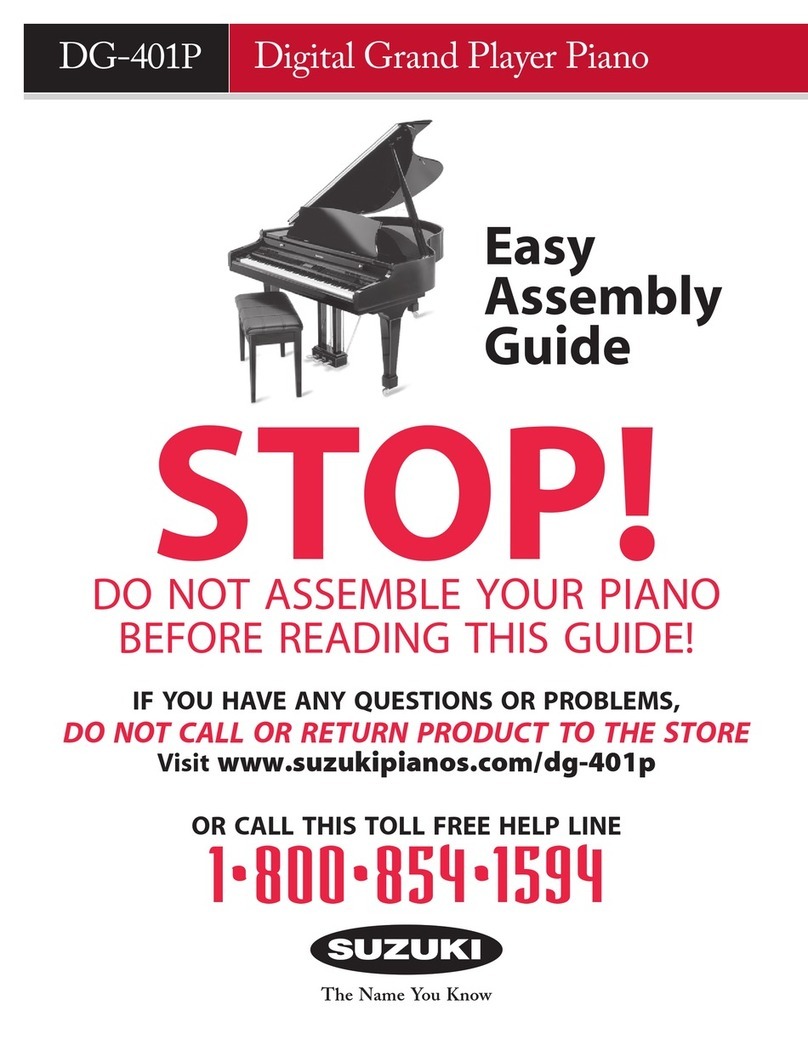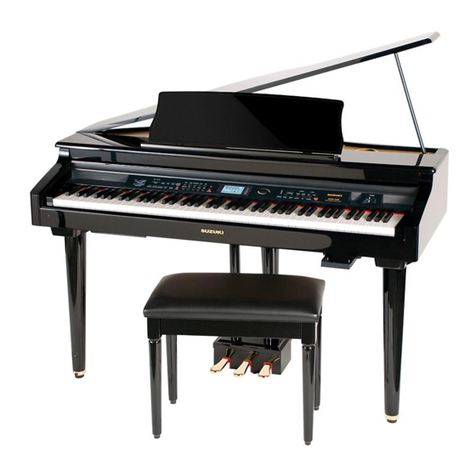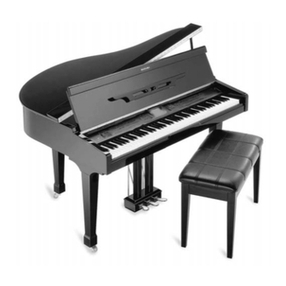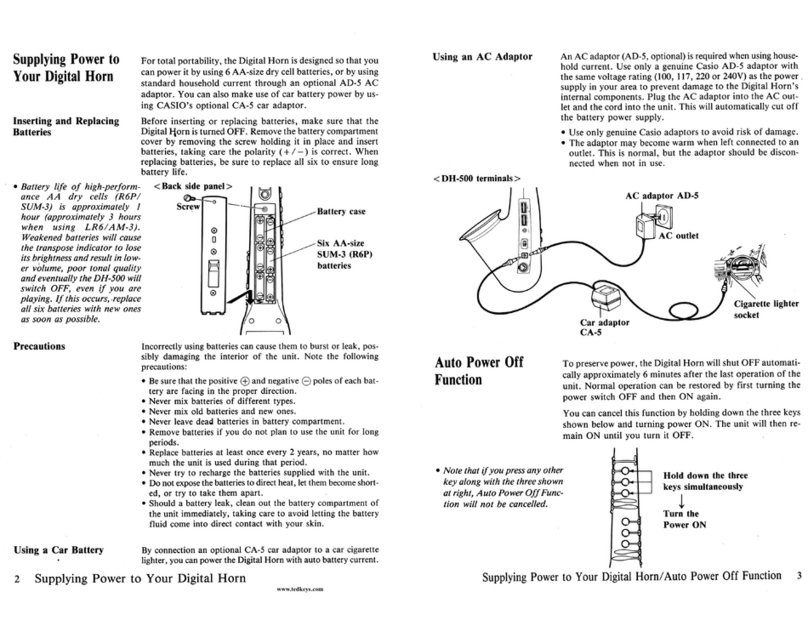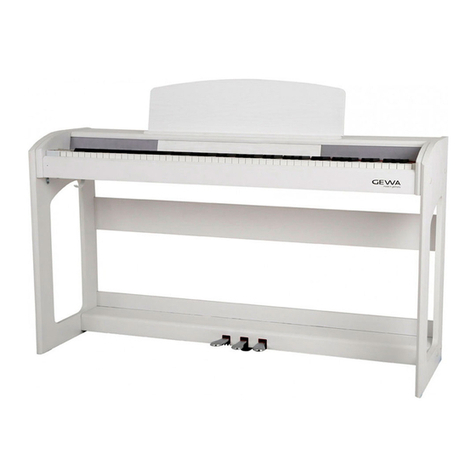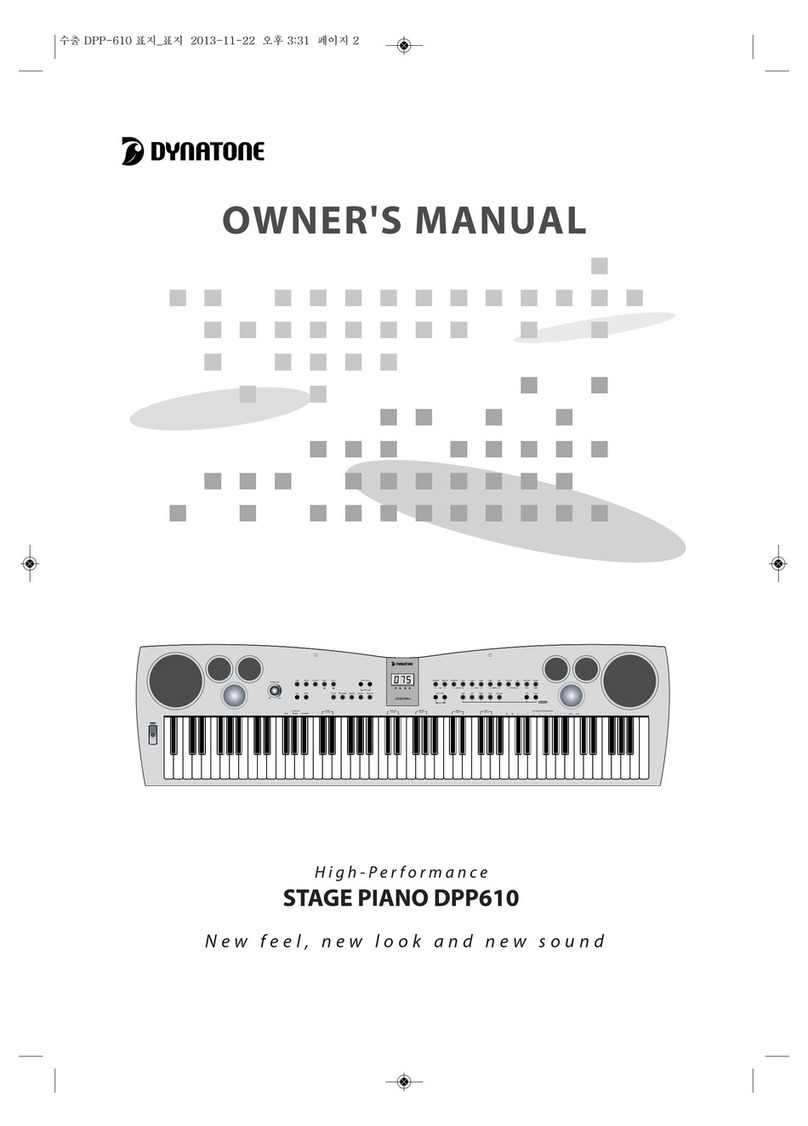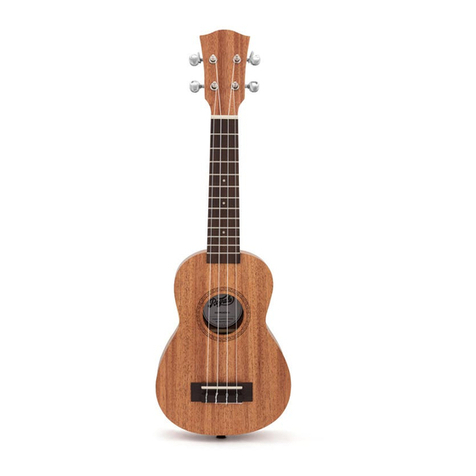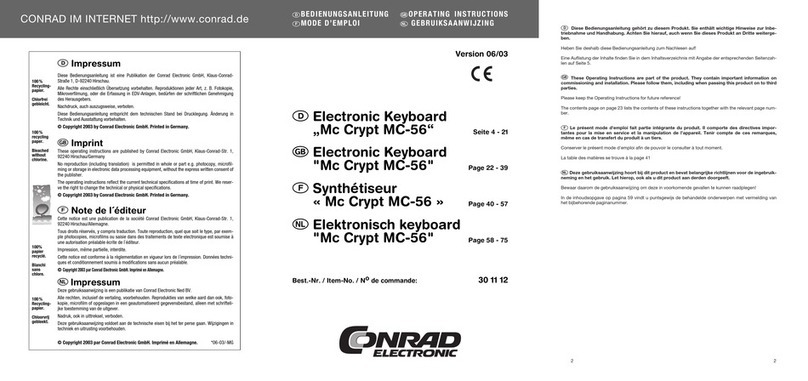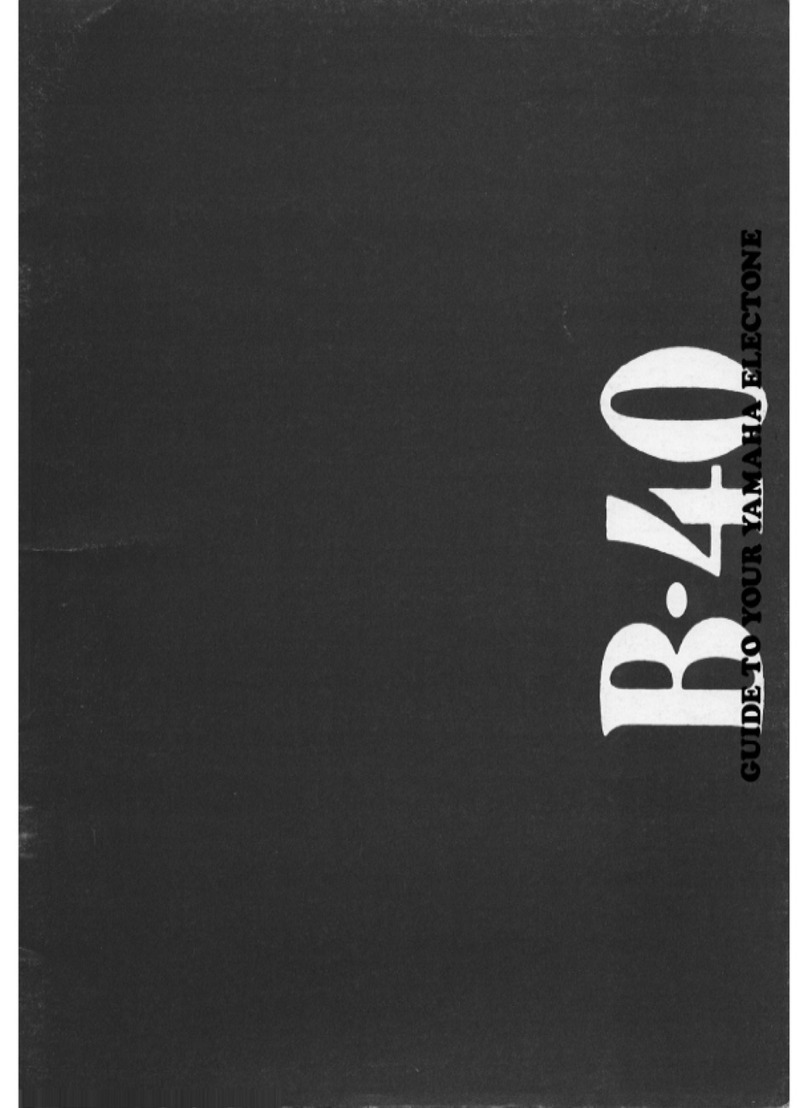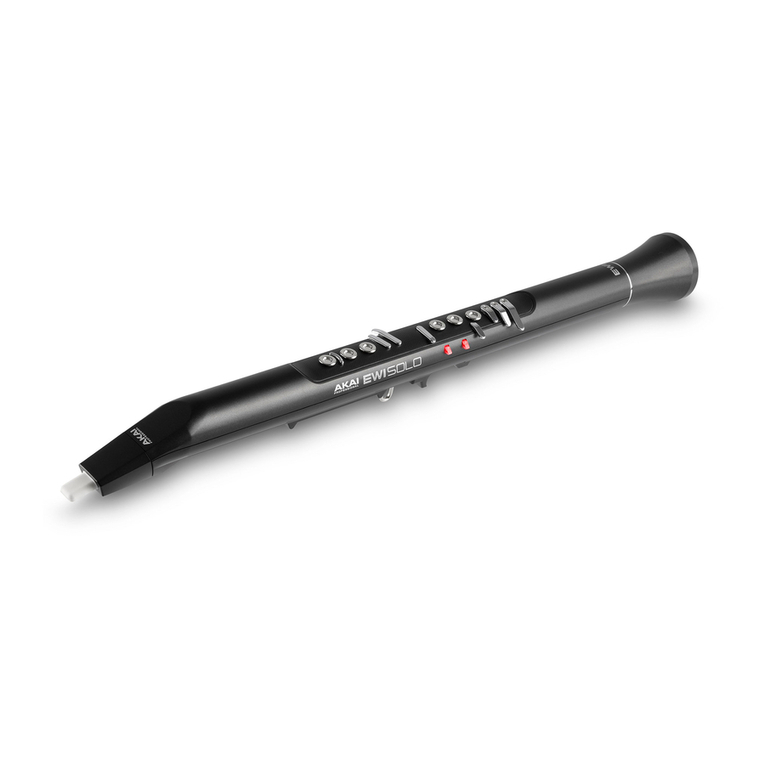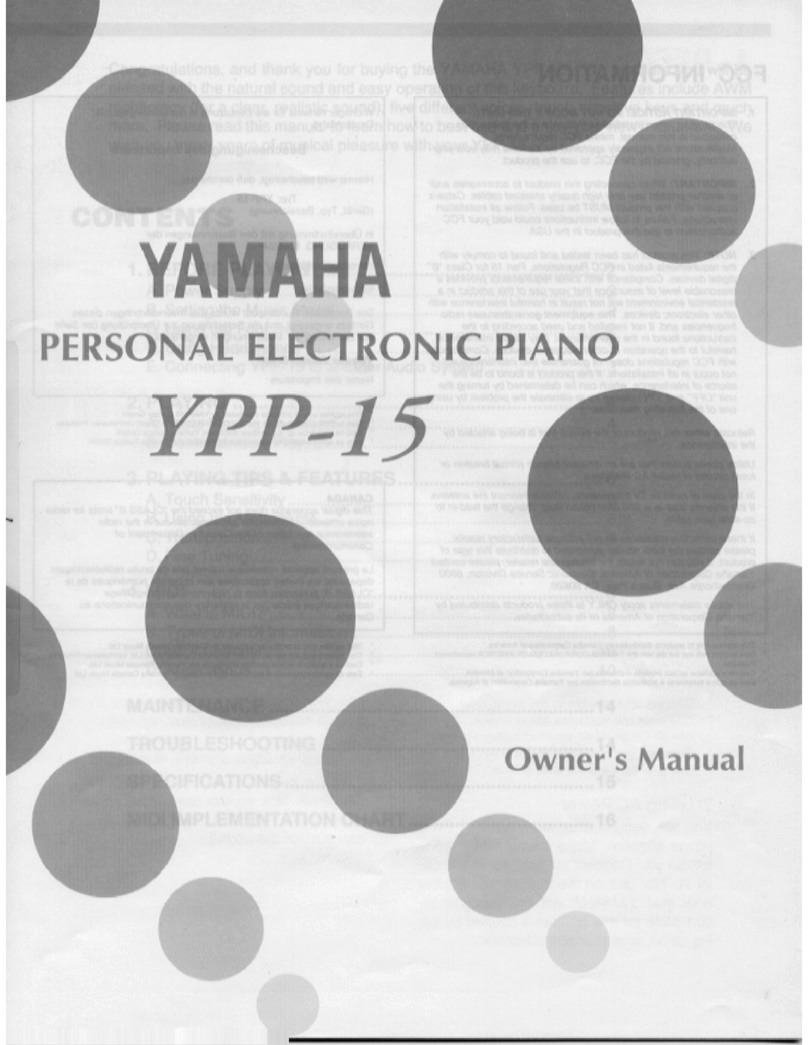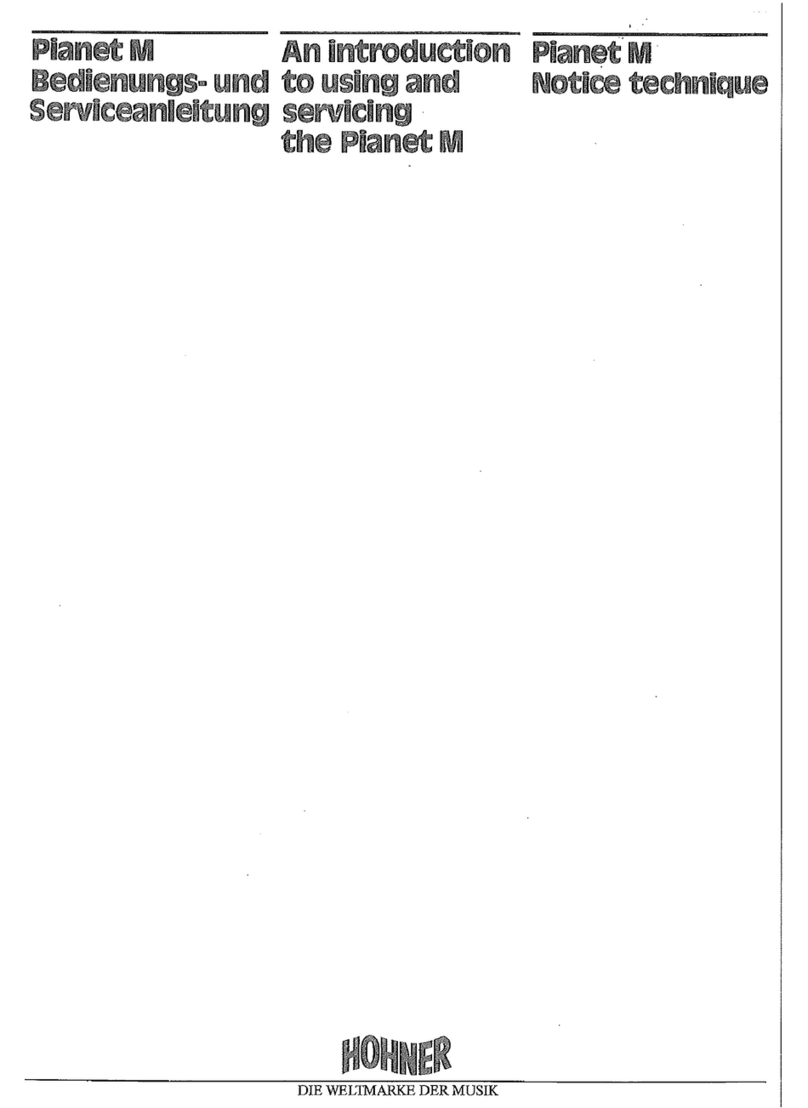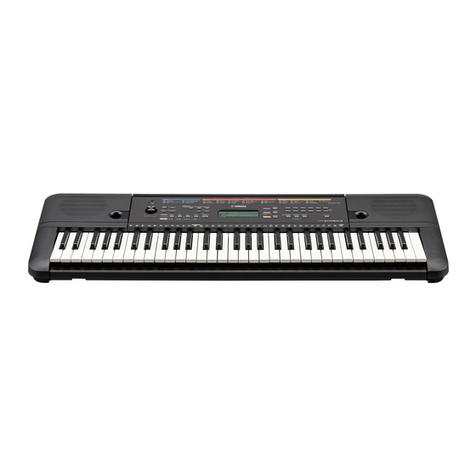
(Continued)
1. UNPACKING YOUR NEW GRAND PIANO 2. UNPACKING PIANO LEGS & PEDAL ASSEMBLY
C.
Remove Protective Foam:
• Remove all the protective foam taped
around the outside of the inner carton
as shown (arrows).
• Be careful to support the piano box from
this point on. The box is tall and narrow
and could fall over if not supported.
D.
Inner Carton:
• Locate the back of the inner
carton. It is marked with a sticker.
• Use a SMALL knife to slit the
center, top and bottom tape.
• Remove the foam pieces as
shown. This will reveal the bottom
of the piano.
• Do not open the front of the inner
carton. That will expose the top of
the piano.
E.
Piano Accessories:
• Remove the accessories from the
foam and set aside.
F.
Plastic Cover:
• Tear the plastic covering away
from the piano bottom as shown.
• It is not recommended you use a
knife or sharp object to remove the
plastic. You are very close to the
high gloss finish at this stage of
unpacking.
Get the Medium Sized box labeled
“Grand Pedal/Grand Leg.”
• Carefully slit the tape and open the box
as-shown.
• Lift out all the parts inside this box and
gently remove the protective plastic
covering. Set aside on a soft surface.
• You are handling the high gloss lacquer
finish during this procedure. Be careful not
to scratch or hit these parts against each
other or let them come in contact with any
other items.
A.
Assembly Positions:
You will see the following areas
on the bottom of your piano:
1.Right PianoLeg Position
2. Pedal Assembly Position
3. Left Piano Leg Position
4. Back Piano Leg Position
5. Connection Panel
6. Speakers
3. ATTACHING THE LEGS TO THE PIANO
B.
Install the Right Leg:
Install the Right Leg at the top of the piano.
• Take one of the piano legs (A) and line it up to
position #1.
• Use the longer bolts and washers in bag-(G).
• Loosely thread both bolts and washers in the
threaded lugs. Then tighten completely.
• Again, be careful not to push the piano over when
attaching the legs and pedal assembly.
• Handle the high gloss lacquer finish carefully.
• Do not install the piano leg at the bottom of the
piano at this point.
4. PEDAL ASSEMBLY ATTACHMENT
C.
Tighten the Bolts:
Tighten both bolts using the wrench
provided (D) or a 3⁄4" socket wrench as
shown.
D. Install the Back Leg:
Install the back piano leg
in position #4 as shown in
“Assembly Positions.” Use the
same procedure as steps B-& C.
• So far you have attached
2 of the 3 legs. This is correct.
The third leg will be attached
later.
A. Pre-Pedal Assembly:
• Tighten both knobs on the bottom
of the pedal assembly clockwise as
shown, until they are as close to
the pedal board as-possible.
• After your piano has been placed
in its final position, these 2 knobs
will be adjusted down to stabilize
the pedals.
B. Pedal Assembly Preparation:
• Locate the 2 brass support rods (C).
• The ends of these rods have 2 differ-
ent angles. One angle is very gentle,
the other is more sharp.
• Using the gentle angle, attach the
2-supporting rods using the screws
(H) with screwdriver (D) to the back
of the pedal assembly as shown.
Tighten securely.
C. Pedal Assembly Attachment:
The pedal assembly attaches to the 2-threaded
lugs as shown above.
Thread the 2 shorter bolts with washers (H)
into the lugs and tighten.
B.
Parts and Pieces:
After you have completed unwrapping everything,
here is what you should have:
A. 3 Piano Legs
B. 1 Pedal Assembly
C. 2 Brass Support Rods
D. 1 Wrench and Screwdriver
E. 8 bolts and 8 washers
F. 8 brass screws to attach pedal support rod
IMPORTANT!
One person must hold the
piano as indicated, while the
other person attaches the legs
and pedal assembly as noted
in Steps 3, 4 and 5.
A.
You should have 3 car-
tons as pictured above.
• Large Carton:
Grand Piano
• Medium Carton:
3 piano legs and piano
pedal assembly
• Small Carton:
Piano bench
• You will need 2 people to
set up this large product.
Do not attempt to set up
your piano by yourself.
B.
To Begin Remove Outer Carton:
• Take the small & medium cartons.
Set them aside for now.
• Use a small knife or box cutter to cut the bot-
tom of the outer carton just above the staples.
• Lift the outer carton up and off of the inner
carton as shown. (top arrows).
• You may have to lay the box down on its back
to do this depending on your ceiling height.
• To lay box flat, the full color poster should be
up and visible.
• Do NOT use a long knife or insert it into the
box more than 1⁄2".
Accessories:
1. Play-Along Songbook
2. Microphone & Cord
3. Karaoke Cable
4. Lesson Book with Disk
5. Demonstration Disks
6. Polish & Polishing Cloth
7. Embroidered Piano Key
Dust Cover
AB
C
D
E
F
7. Power Cord Input
At this time, please connect the wire that is attached
to the Lyre Pedal Assembly.
This wire should be connected to the port on the
bottom of the piano near the Lyre Pedal Assembly
location.
You can also now fix the pedal wire inside the
hollowed out Lyre Pedal Assembly Leg Channel and
secure it with the fixture at the top of the Pedal
Assembly Leg.
This wire will not be visible when normally viewing
the piano if properly fixed in Pedal Assembly Leg
Channel.
D. Connecting Wire
